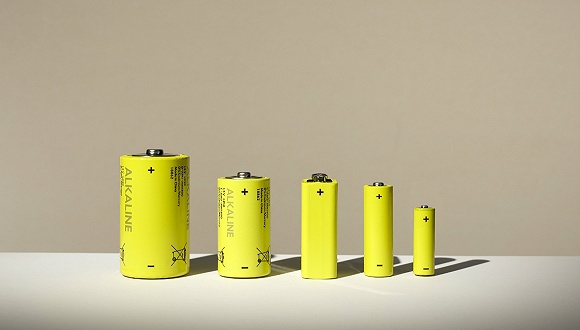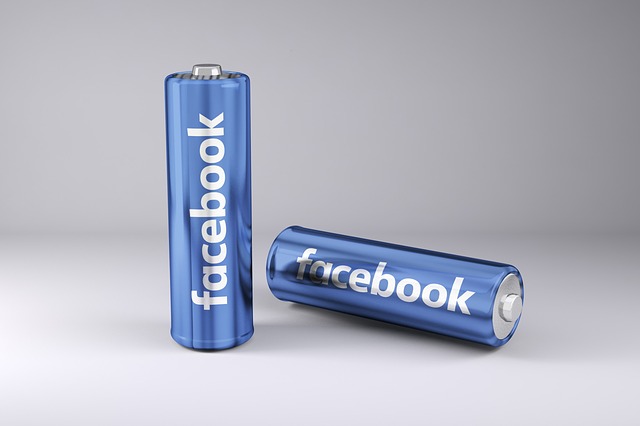Talk About Lithium-Ion Battery Health Risks
Jul 30, 2019 Pageview:1755
Introduction
Lithium-ion batteries have made our lives easy in a great way. We use these batteries in a wide range of electronic devices that we need in our daily lives. They have a high energy density, capacity and relatively good service life, and that’s why they are used to power our laptops, mobile phones, flashlights and so on. Lithium-Ion technology simply has revolutionized the battery industry. They are associated with many advantages. However, they are also associated with several health risks. There was a huge recall of rechargeable lithium-ion batteries in 1991. The early problems were associated with inherent instabilities of the lithium metal, particularly during charging. In some cases, batteries would release hot gases, which were enough to cause burns. However, to prevent the problem, manufacturers developed Li-Ion batteries without any metallic properties making them far safer to use.
Introduction of major Lithium-ion battery health risks
There have been several high profile incidents that have raised concerns about the safety of lithium-ion batteries. For instance, in 2017 Samsung experienced significant difficulties as the batteries in the Galaxy Note 7 experienced severe overheating problems. The incident cost the company billions of dollars and moved from irregularly sized Li-Ion batteries that caused certain phones to overheat. The incident was a public relations disaster for Samsung and was forced to recall all Galaxy Note 7 unite and eventually cancelled the entire line. This, however, could have been avoided with more efficient safety checks.
The Honeywell groups stopped the production and delivery of two of its portable multi-gas detection devices as a precaution when customers reported about overheated battery cells. The International Civil Aviation Organization (ICAO) also thinks that the safety of men, machines and the environment are at risk from lithium-ion batteries. In April 2016, it prohibited the transportation of lithium-ion batteries in the cargo spaces of passenger aircraft. This decision was made based on the legitimate concern about a fire hazard caused by the batteries.
There are about two billion Li-Ion batteries that are built into electrical devices every year. This battery technology has for a long period been regarded as the hallmark invention of the battery industry. Today, we know the risks of this battery technology. The risks have been underestimated for years or even ignored. There have been numerous accidents and incidents that have alarmed the public.
Lithium-ion batteries consist of dozens of layers coated with metal foil. The anode and the cathode layers are kept apart by a separator, a thin protective layer. If the separator cracks due to overheating, the stored energy can be releaser uncontrolled. Thus the battery burns through and might explode. The larger the battery, the more intense the chemical reaction. The mobile phone battery is sufficient enough to form flames. Additionally, toxic gases are released and they may be lethal. A film done by the Institute for Risk Management and Damage Research in Kiel shows that lithium batteries are energy stores which might catch fire easily and recommends the installation of smoke detectors anywhere where lithium batteries are being loaded.
Handling and using these batteries is potentially hazardous and so is the storage of them too. The American National Fire Protection Association (NFPA) concluded on their study on the mass storage of lithium-ion batteries that due to the flammable electrolyte liquid several special fire hazards emanate from lithium-ion batteries.
In the case of lithium-ion battery explosion, there are threats posed by toxic gas emissions. A fully charged battery will release more toxic gases than a battery with a 50 per cent charge. The chemicals contained in the battery and their capacity to release charge can affect the concentrations and types of toxic gases released.
Dangerous substances such as carbon monoxide, have the potential to cause serious harm within a short period of time if they leak inside a small, sealed environment such as the interior of a car or an aeroplane compartment.
Are Lithium batteries harmful to humans?
First of all, you need to know that lithium batteries are safe. Events of lithium-ion battery explosions and fires are very rare. The manufacturers have worked to improve the safety measures of Li-Ion batteries. In addition, proper safety test methods are now being used by all manufacturers.
However lithium-ion batteries can be harmful to humans in case of battery failure that leads to explosion and fire. The mobile sized battery is sufficient enough to catch fire which can cause burns. If a battery experiences energetic failure, thermal runaway can happen. Thermal runaway is the rapid self-heating of a cell derived from the exothermic chemical reaction of the highly oxidizing positive electrode and the highly reducing negative electrode. During thermal runaway, a cell rapidly releases its stored energy and the more energy a cell has stored, the stronger the thermal runaway reaction will be. Also, the flammable electrolyte can increase the strength of the thermal runaway reaction.
There are several causes of energetic and battery failures and they may be induced by external forces, such as exposure to fire or mechanical damage or they may be the result of problems involving charge or discharge, battery protection circuitry design or internal cell faults that result from rare of subtle manufacturing problems.
The severity of a lithium-ion cell failure is strongly affected by the total energy stored in the cell which is a combination of chemical energy and electrical energy. Thus, the severity of a potential thermal runaway event can be controlled by reducing stored chemical energy whereby the volume of the electrolyte within a cell is reduced, or by changing the electrolyte to a non-combustible material.
A hydrocarbon-based electrolyte is the most flammable component of a lithium-ion cell. Therefore, under fire conditions, these cells will behave in a different way than lead-acid, NiMH or NiCad cells, which contain water-based electrolytes. While lithium battery fires might not be more dangerous, they are very different and uniquely dangerous.
Many manufacturers are deep in research and development of Li-Ion batteries. They are working hard to improve on existing products by prolonging battery life and reducing the probability of overheating. Part of their research involves ensuring that all the batteries are safe for use, regardless of the environment. As well know the battery industry offers plenty of room for innovations and improvements.
Additionally, to prevent the infiltration of unsafe battery packs on the market, most manufacturers sell lithium-ion cells only to approved pack assemblers. The inclusion of an approved safety circuit is part of the purchasing requirement. This safety precaution is especially critical on larger batteries, such as laptop packs. This is because the hazard is much greater than on a small cell phone battery if something goes wrong. It is, for this reason, many laptop manufacturers secure their batteries with a secret code that only the matching computer can access. This helps prevent non-brand name batteries from flooding the market.
You need to note that considering the number of lithium-ion batteries used on the market, the batteries have caused little harm in terms of damage and personal injury. However, its safety is still a hot topic and gets a lot of media attention even on a minor mishap.
What are the advantages of lithium batteries?
There are many advantages to using lithium batteries. The lithium-ion battery advantages include:
· High energy density – this is one of the main advantages of a lithium-ion battery. These batteries power your electronic devices for longer, thus you can use your smartphone or laptop for longer between charges while still consuming more power. Also, electric vehicles need battery technology that has a high energy density.
· Low self-discharge rate – lithium-ion batteries have a low self-discharge rate. Their self-discharge rate is much lower than that of other rechargeable cells such as NiCad and NiMH forms. They can be stored for a longer time without losing a lot of charge.
· Low maintenance - lithium-ion batteries do not require any maintenance to ensure their performance.
· Longer battery life – lithium batteries are long-lasting and they provide up to 10 times longer life than the lead-acid batteries. Therefore, you will get more service life from a lithium-ion battery than from a lead-acid battery.
· Lightweight – lithium-ion batteries are lightweight and provide more energy than lead-acid batteries. Thus, they offer more flexibility and easier installation.
· Superior usable capacity – you can regularly use 90 per cent or more of the rated capacity of a lithium battery.
· Fast and efficient charging – lithium-ion batteries can be fast to 100% of capacity.
Conclusion
Lithium-ion batteries are safe. This battery technology has revolutionized the battery industry and these batteries are used everywhere in the world. There have few cases of Li-Ion battery explosions and fires. These cases are rare and are mainly due to energetic failure. A few companies like Samsung and Sony have had to recall their devices that contain lithium-ion batteries due to failure. In this young battery industry, there is still plenty of room for innovation and improvement on safety.
- Prev Article: Show More About Lithium Ion Battery Settlement
- Next Article: Tell Me More About Lithium Oxygen Battery
Leave Message
Hottest Categories
-
Hottest Industry News
-
Latest Industry News











